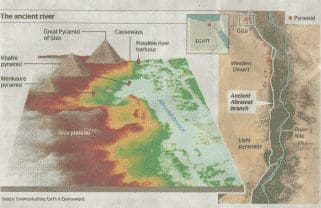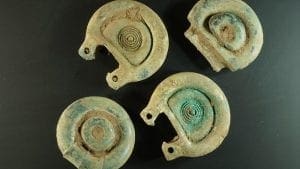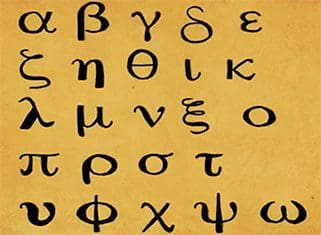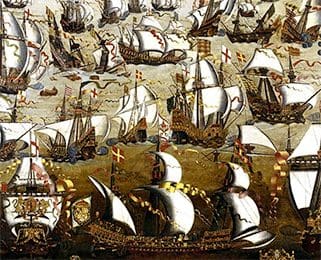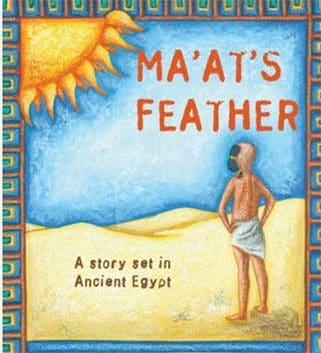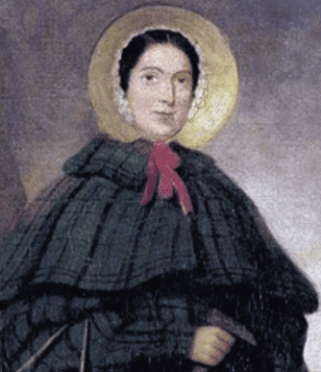
Many of you will know that I have been trying to wean schools off teaching JUST Florence Nightingale, and have encouraged teachers to look at female pioneers. AS we all know,KS1 pupils are fascinated by dinosaurs and fossils. Mary Anning was the most famous fossil hunter of her age. Seems like a perfect match. Throw in the need to beef up the number and range of women studied at KS1 and add the fact that Mary’s activities can easily be understood by infants, and you have a great recipe for success. All the lessons on the site have gone down a storm.
Don’t just take my word for her being important, by the way. The British Museum included the hammer she used when fossil hunting among the 100 greates items of all time! Sounds a ringing endorsement to me.
This is the blub accompanying the hammer.
This primitive tool belonged to Mary Anning (1799-1847), a self-educated, working-class woman from Lyme Regis and the greatest fossil hunter ever known. With her brother she found the first complete Ichthyosaur in 1810-1811 and over the years further sensational finds were made. New, more complete skeletons of ichthyosaurs were discovered, followed by a complete skeleton of the long-necked Plesiosaurus, the ‘sea-dragon’ in 1823. This was followed by the ‘flying-dragon’ Pterodactylus in 1828 and others. Mary’s discoveries were some of the most significant geological finds of all time. They provided evidence central to the development of new ideas about the history of the Earth. She played a key role in informing the work of her learned, male contemporaries, notably William Buckland, Henry de la Beche and William Conybeare. By the time of her death, geology was firmly established as its own scientific discipline.

